women
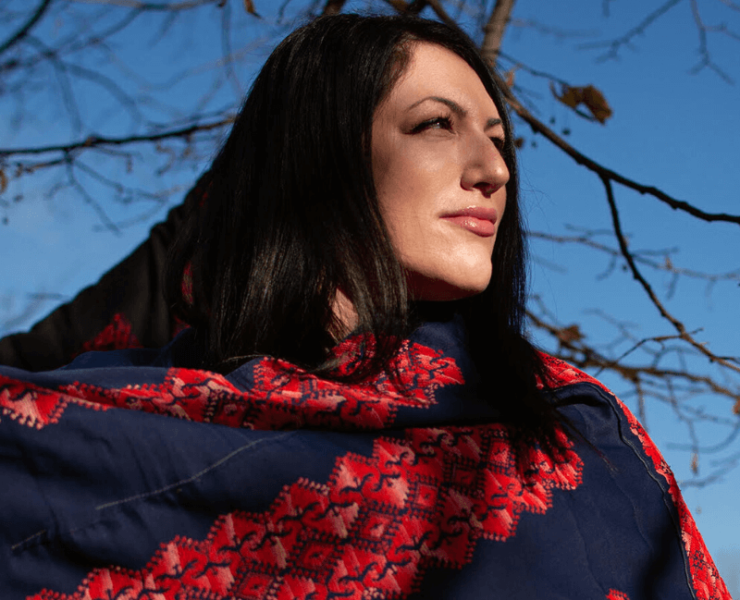
Following in the footsteps of her mother, renowned tatreez artist Feryal Abbasi-Ghnaim, Wafa Ghnaim of Tatreez & Tea is on a mission to preserve and promote tatreez, proudly claiming this beautiful textile art form for Palestinians across the globe and encouraging new generations of embroiderers to practice this age-old art.
Scent is one of the most powerful aspects of personal adornment. It lingers in the air long after a person has left, it brings back memories of places we’ve been or people we’ve loved, and it has a proven influence on our state of mind: from soothing lavender to pick-me-up rosemary, the powers of fragrance have been known and used for millennia. The use of fragrance goes well beyond that of beautification.
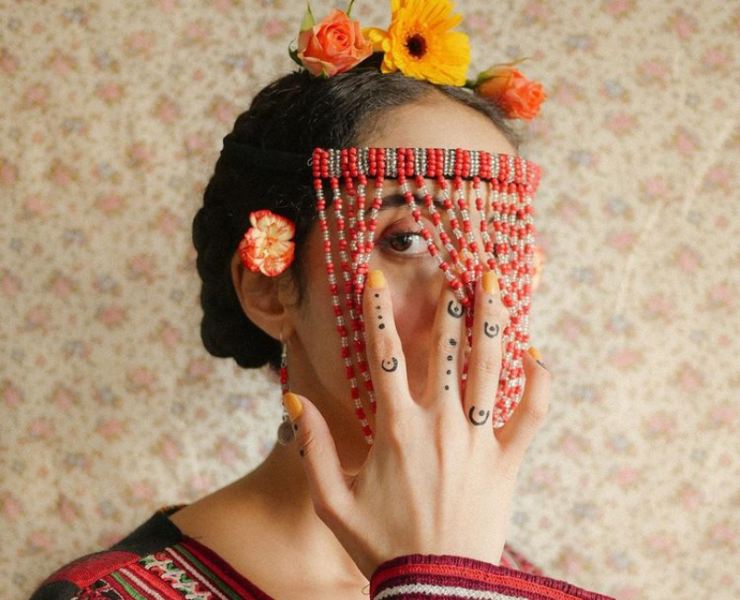
This week, we’re celebrating ten incredible Yemeni women making waves in the worlds of journalism, food, activism, photography, art, music and even paleoanthropology. From a filmmaker documenting the realities of living through the war in Yemen to an explorer uncovering the secrets of human evolution on Socotra, you need these fearless women on your feed!
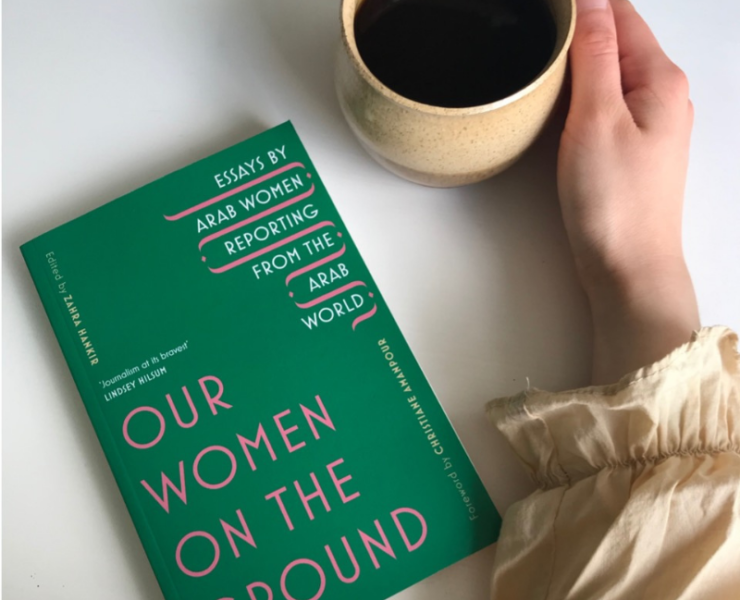
Have you ever noticed that most of the journalists covering the Middle East and North Africa are… well… not from the Middle East and North Africa? Lebanese journalist, editor, and author Zahra Hankir noticed this too, which ed her to edit Our Women On The Ground, a wonderful collection of nineteen essays written by women who cover their own homelands in the Middle East and North Africa.
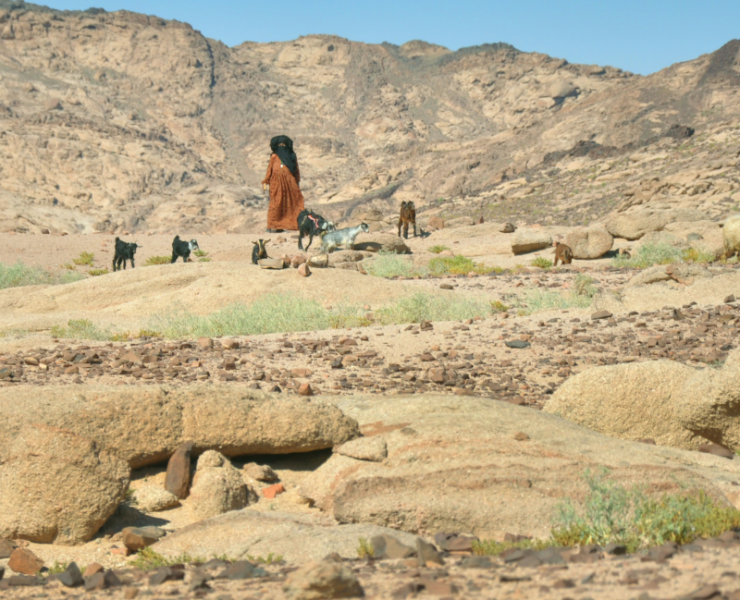
Bedouin women’s poetry is a rich, if little-known tradition of verse that stretches from Pre-Islamic Arabia all the way to the present day. While known within the Gulf and preserved in local communities, it rarely receives large-scale attention, generally because the emotional lives of women are considered culturally sensitive.
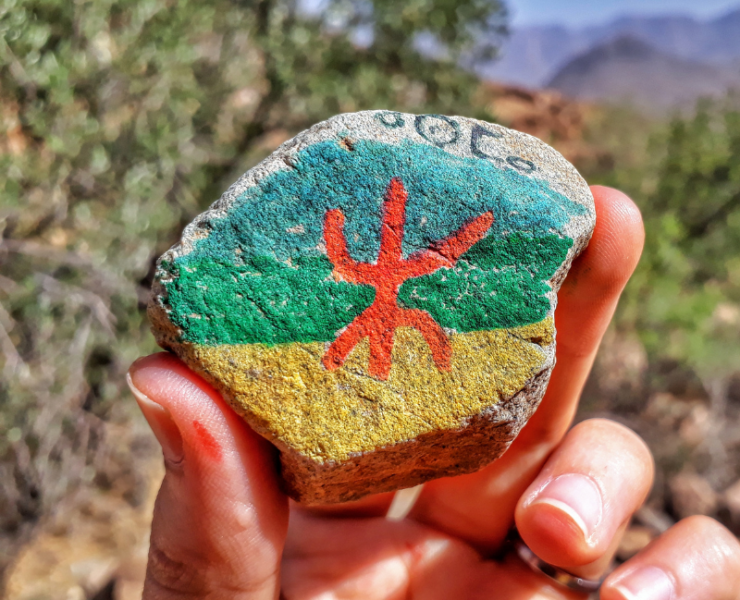
This week we’ve teamed up with Amazing Amazigh to share the story of Dihya, the legendary Amazigh queen and warrior. Amazigh (or Imazighen) is the name given to the indigenous people of North Africa. Scroll down to read all about Dihya’s role in the history of North Africa and how she became a symbol of Amazigh resistance and a Maghribi (North African) feminist icon!



